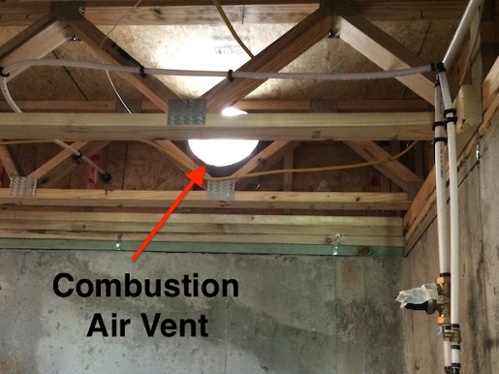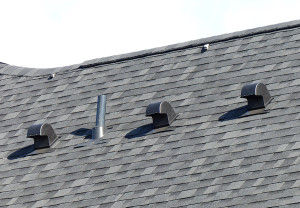But more importantly insulating duct work wherever ducts run through unheated parts of the home will help prevent air loss through the thin metal ducts.
Hood range pipes in unheated attic.
It is definitely not a good idea to vent a range hood into the attic.
However to clean your kitchen air most efficiently purchase a ducted range hood.
Range hoods without a duct or ductless range hoods can recirculate air back into your kitchen.
Rather than relocate the cooking exhaust it will evacuate it from your home entirely.
The duct is cold.
Rectangular appliance wall vent is designed to fit most range hoods that will be vented outside through a wall.
Finally install the hood.
Sheet metal screws and seal the seams with aluminum faced duct tape not regular cloth backed duct tape.
Insulate the duct in the attic.
1 a deep open sump.
Investigate why your indoor rh is high and see if it can be reduced.
This wall vent features a spring loaded damper which helps provide you with a tighter closing.
A hood whose underside is shaped like an inverted bowl holds the plume in place so that the fan can pull it out.
This heavy duty wall vent is made of zinc coated galvanized steel.
Mount the blower unit in the attic and keep the kitchen quiet.
Choose any of the 4 speeds.
Like other duct systems in the home insulation around range hood ducts reduces nuisance noise and vibration when the fan inside the vent hood is running.
Indoor air is exfiltrating through your range hood exhaust duct when the fan is not in use.
Same as the industrial inline blower this blower unit is in between the house exhaust vent and the range hood unit.
Super quiet still using your own hood.
The master flow 3 1 4 in.
Ideally the range hood should be vented to the outside usually through the roof.
See if the range hood s backdraft damper is operating properly.
Keep your own hood unit but improve the exhausting performance and quiet operation.
Screw the ductwork together with 1 4 in.







